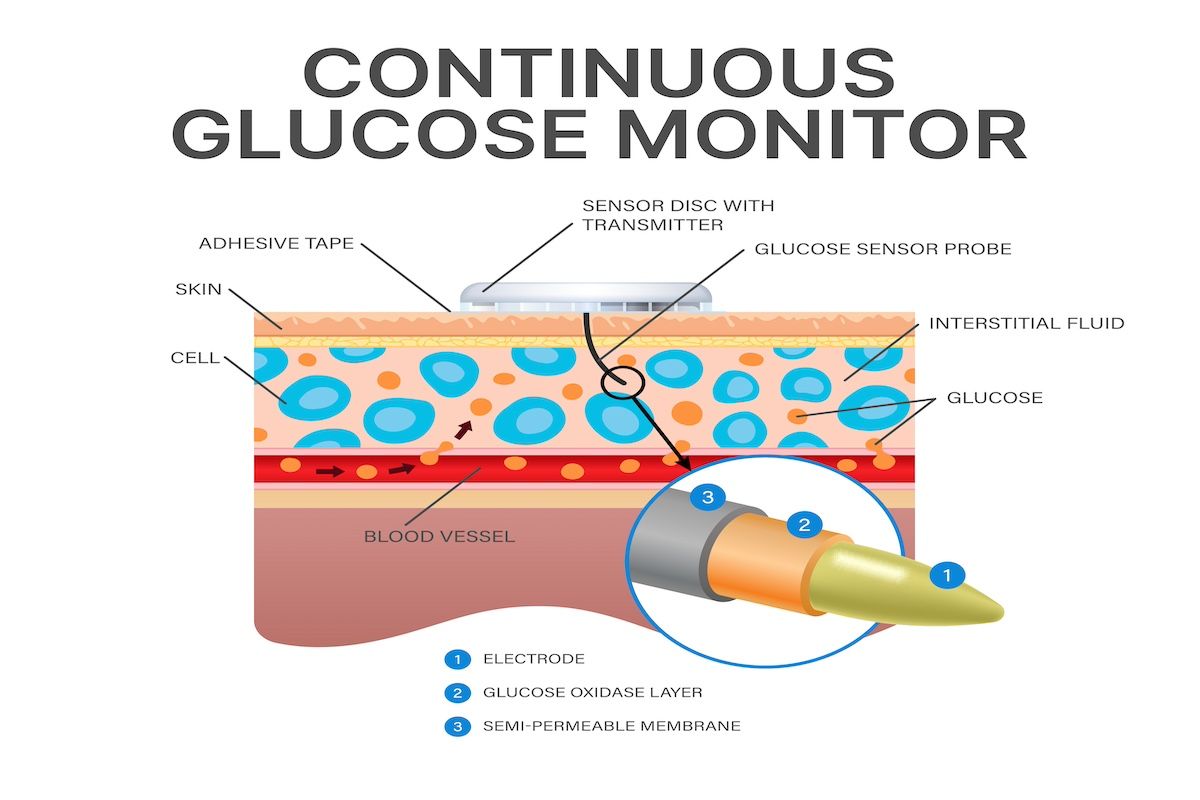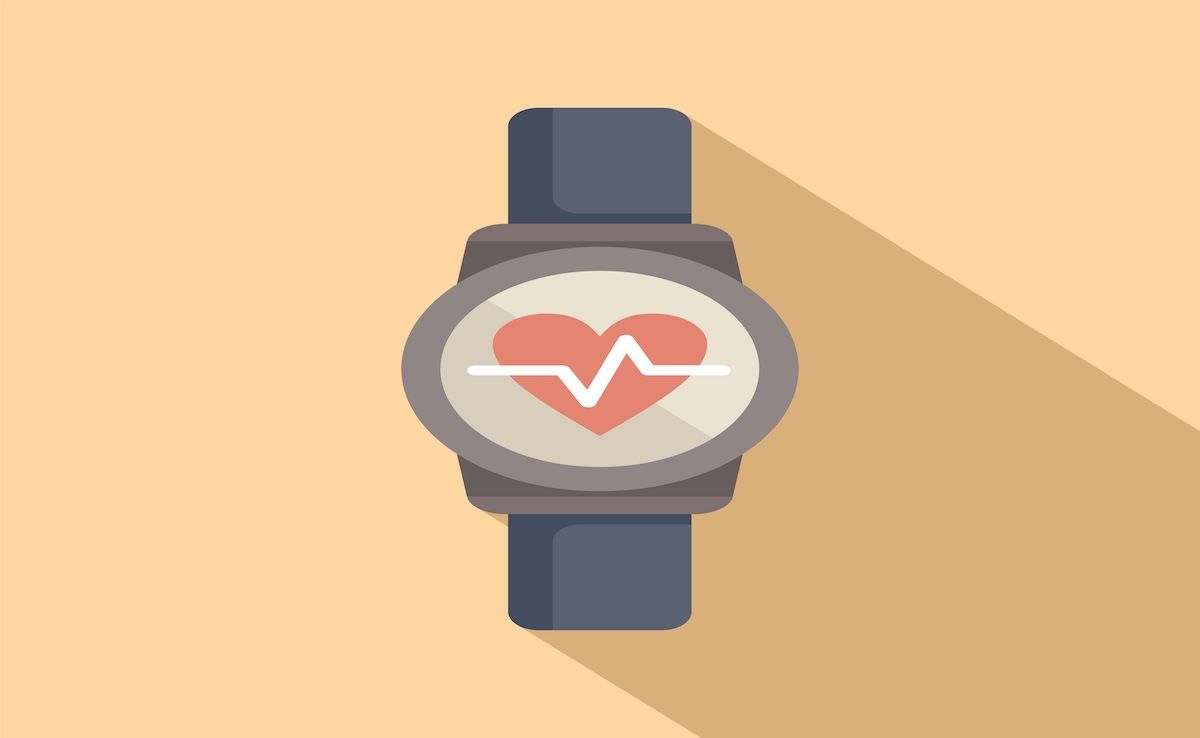News
Article
Closed-Loop Glucose Management Improves Outcomes in Youth With T1D
Author(s):
Patients with type 1 diabetes (T1D) reported improved glucose outcomes, but they also said their sleep and quality of life benefited.
Hybrid closed-loop (HCL) glucose monitoring systems led to significant improvements in glycated hemoglobin (HbA1C) levels, time in target glucose range, and hypoglycemia risk among children and young people (CYP) with type 1 diabetes (T1D), according to a new study of real-world usage of HCL systems.
New technology, like HCL systems, has dramatically changed daily management and monitoring of T1D. HCL systems use subcutaneous continuous glucose monitoring and an insulin pump to automatically manage patients’ glucose levels, lowering the risk of complications associated with uncontrolled blood glucose.
In the United Kingdom, the National Health Service of England (NHSE) launched a pilot initiative designed to understand the impact of making HCL systems universally available to CYP. The new report, published in BMC Medicine, details the real-world impact of the systems on patients after 12 months.1
The investigators enrolled 251 CYP younger than 19 years who had T1D and were at least 1 year into their diagnosis. Participants needed to have at least 1 HbA1C measurement to be included in the study, and they were excluded if they had already been using an HCL or sensor-augmented pump prior to study enrollment. The study was conducted between August 2021 and December 2022 at 8 pediatric diabetes centers within the NHSE’s health system.
The enrollees had a mean age of 12.3 years, male patients comprised a majority of the cohort (58%), and most of the participants were White (89%). Each patient was given 1 of 3 commercially available HCL systems, the costs of which were covered by the NHSE.
The study authors say their new data show HCL systems mark a “revolutionary” moment in T1D management | Image Credit:Pro_Victor-stock.adobe.com

The systems led to significant improvement in a variety of categories, according to the study authors. HbA1C was reduced by 7 mmol/mol at 12 months (P < .001) and time in target glucose range increased by 13.4% on average (P < .001). Hypoglycemia rates dropped by half, the authors reported.
“These findings align with existing real-world data, suggesting the superiority of HCL systems in achieving target glucose range, preventing hypoglycemia, and reducing glycaemic variability,” the authors wrote.
However, they also noted that those direct health benefits led to indirect benefits in other health- and quality-of-life–related metrics. For instance, patients said they had less fear of hypoglycemia and better quality of sleep.
“The positive impact extended to parents and carers, who also experienced improved hypoglycaemia fear and sleep quality at 12 months,” the authors added.
The investigators noted that nocturnal hypoglycemia is a significant concern for people with T1D and their caregivers, and the HCL systems provide parents “with greater peace of mind” while ensuring children can sleep without interruptions.
The new report is the latest to show the benefits of closed-loop systems. The investigators noted that a 2021 study evaluated a closed-loop system in patients with T1D.2 The study analyzed outcomes at 3 weeks and 7 weeks and found that patients, on average, were within target glucose range more than 75% of the time at both time points. Participants in that study also reported better sleep and quality of life. However, that study was based on a different age cohort; patients had to be 14 years old to participate and most participants were adults.
In addition, Ng and colleagues said it was significant that their new study showed positive results even after 12 months, a longer time horizon than most previous research.
The authors said these new data show HCL systems mark a “revolutionary” moment in the management of T1D.
“As technology continues to evolve, addressing challenges related to accuracy, accessibility, and cost will be crucial in ensuring that these innovative solutions become standard pediatric diabetes care,” they wrote. “Ultimately, the integration of HCL systems has the potential to transform the lives of CYP with T1DM, providing them with greater freedom, improved health outcomes, and a brighter future.”
References
1. Ng SM, Wright NP, Yardley D, et al. Long-term assessment of the NHS hybrid closed-loop real-world study on glycaemic outcomes, time-in-range, and quality of life in children and young people with type 1 diabetes. BMC Med. 2024;22(1):175. doi:10.1186/s12916-024-03396-x
2. Pinsker JE, Müller L, Constantin A, et al. real-world patient-reported outcomes and glycemic results with initiation of Control-IQ technology. Diabetes Technol Ther. 2021;23(2):120-127. doi:10.1089/dia.2020.0388





